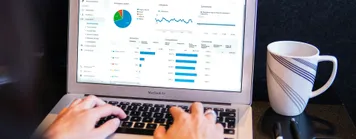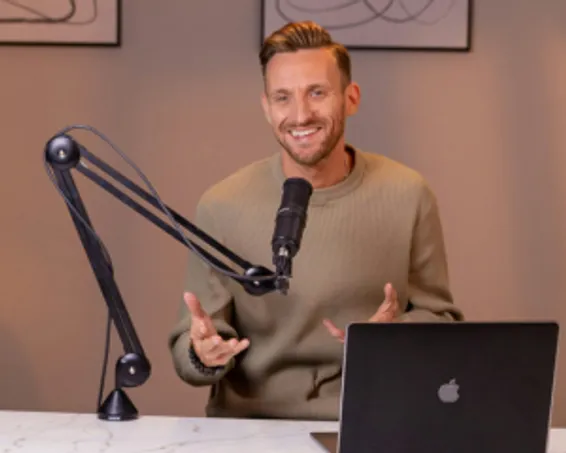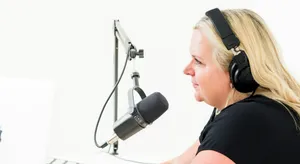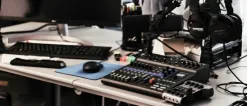Sep 04, 2024
Choosing the Right Equipment

As Dale Carnegie said, “An hour of planning can save you 10 hours of doing.” This wisdom applies perfectly to choosing your podcasting gear. The quality of your audio will directly impact how your audience perceives your podcast. Let’s explore the essential equipment you’ll need:
Microphones: Your Voice’s Best Friend
- Budget Option: Audio-Technica ATR2100x-USB It’s versatile, offering both USB and XLR connections, so you can upgrade your setup later without needing a new mic.
- Mid-Range Option: Shure MV7 It also offers USB and XLR connectivity and has built-in controls for adjusting the gain, monitor mix, and headphone volume.
- High-End Option: Shure SM7B This is a professional-grade microphone used by top podcasters. It requires an XLR setup and is known for its rich, warm sound, but you’ll also need an audio interface or mixer to connect it to your computer.
Headphones: Your Personal Sound Monitor
- Budget Option: Sony MDR-7506 These headphones are industry staples for a reason—they offer great sound quality at an affordable price.
- Mid-Range Option: Audio-Technica ATH-M50x These headphones provide excellent sound isolation and are comfortable for long recording sessions.
- High-End Option: Beyerdynamic DT 770 PRO These headphones deliver high fidelity audio and are perfect for serious podcasters who want the best monitoring experience.
Audio Interface: Connecting Your Mic to Your Computer
- Budget Option: Focusrite Scarlett 2i2 This is one of the most popular audio interfaces among podcasters. It’s easy to use and offers great sound quality.
- Mid-Range Option: PreSonus AudioBox USB 96 This is another reliable option with solid performance and straightforward controls.
- High-End Option: RME Babyface Pro FS This offers superior sound quality and more input/output options, making it ideal for those looking to expand their setup.
Challenge: Before you start recording, do a few test runs. Check for any issues like background noise, echo, or distortion. Adjust your setup as needed until you’re satisfied with the sound quality.
Remember, as Carnegie would say, “Only knowledge that is used sticks in your mind.” So, put this information into practice! Tomorrow, we’ll delve into mastering audio recording and editing techniques. Get ready to take your podcast’s sound to the next level!
Happy podcasting!
Related Posts
See All Posts

Social Media for Podcasts: How to Build and Engage Your Audience
Podcasts have become part of everyday routines, offering stories and insights with just a tap. But with so many choices out there, finding t


Mastering Podcast SEO Techniques: A Comprehensive Guide
In a world where podcasts keep growing, getting noticed can feel like a climb. There's a bright side, though. [Learn more about boost podcas


Top Podcast Promotion Strategies for 2025
Plenty of podcast creators hope to stand out in a sea of audio content. With over two million shows available, it's essential to find new wa
No one knows your podcast like Podpacer
Podpacer is the best way to handle your podcast production. Manage your guests, research and plan your interviews, write social media content with one click, all in one place.


